I remember what you said, “ … shan’t, mustn’t, can’t. Leave the dead and dying on the roadbed, as the warden is likely to grab you by the ass and slap a hefty fine on you.”
As it was technically possible that I’d grabbed the Opossum by his little rat tail and hurled him under that big-arsed tanker truck, I opted to remain chaste and walked by his flattened and fresh corpse with nary a thought of dragging him into the cornfield and vivisection …
Ditto for that raccoon that wasn’t there yesterday afternoon. It lay there grinning – knowing he’d expired on the crown of the road and his lumpy remains was visible for miles. I did take a second glance at the top half of that Mourning Dove – whose bottom half was a couple of zip codes distant, having lodged itself in Grandma’s grill … My thoughts were pure – which is more than I can say for her garage tomorrow.
But the Olive orchard treasure trove was defensible, I could stand there and defend my gallon sized jug of feathers without breaking into giggles, and the comforting “whomp” as I deployed that back-pocket extra large Ziploc was a pleasant reminder – to the Victor belong the spoils, fifteen pounds of duck feathers, breast mostly; no blood, no wings, beaks or feet, just a pile of breast feathers a foot high – like a feathery comet strike, spattered duck feathers as far as I could see. Definitely a capital crime given the birds are out of season, but even the Warden would admit there was enough for my needs and her Evidence Bag would still be lipping full.
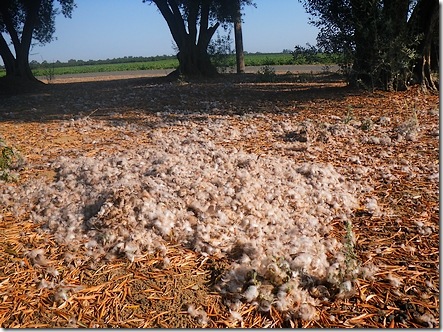
Sprig, Widgeon, Mallard, and Teal, almost as if someone had emptied last seasons feather plucker into a Sunflower field.
I was two miles distant from the safety of home, as I clutched my bloodless booty to my chest and ran for cover – I was prepared to throw myself on the mercy of the court …
… and you’re right of course. I have plenty of this stuff, so why was I so giddy over the find? Flatty Racoon and extra freebie feathers take the sting out of learning to dye, where a little skill is warranted before risking the Good Stuff.
I’m fiddling with natural dyes and different mordants, attempting to see the ranges of color possible with iron and copper-based mordants, and a couple shopping bags of duck feathers represents many tests, many accidents, and a lot of –maybe- shoveled into the garbage can.
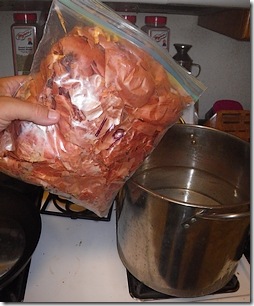
You start with 120 grams of Onion skins purloined from the bin at the local supermarket. Given that I am the only customer with the nerve to shop at 0600, I asked the manager could I help myself and there was no issue.
With a copper mordant (50% water, 50% White vinegar, and a sanded copper plumbing “T”) you should get a light to medium brown-bronze color from the Onion skins bath. The plumbing tee is sanded to remove any surface lacquer so the acid can strip the copper ions off the fitting and dissolve them into the liquid, which will turn blue.
Add all the skins into a large pot of water and boil. The longer the skins remain in the liquid the darker the bath will become. I wound up simmering the pot (just under a boil) until the skins softened completely.
Straining the material yielded a dye bath as rich and dark as coffee. As the skins can be reused again to make more dye, you’ll need to decide to toss or dry them on newspaper outside.
Add the mordant mixture (about six cups) to the dye bath. The amount added will vary based on pot size and amount of onions used. Precision is not really needed, simply add plenty of mordant to set the color.
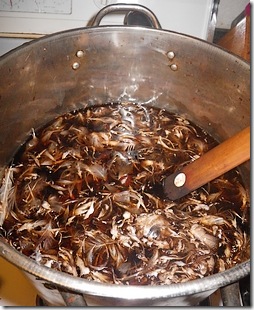
I added a double fistful of duck breast to the pot. Natural dyes require plenty of time to dye a successful shade – given that duck feathers can be oily (these weren’t – they felt dry to the touch), they can be difficult to color.
I wanted to “range” the dye/mordant combination. This requires me to pull feather samples out every hour and set aside to dry. It’s a method by which we can capture how quickly a dye colors mats and how deep a shade is possible.
I pulled four samples and then left the pot to steep overnight.
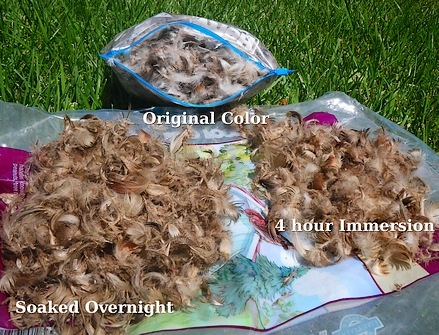
The hourly samples were indistinguishable, the dye added color very slowly to the materials. I was pleased with the outcome as the resultant color is almost an imitation wood duck or brown partridge style color.
Above is the colors in direct sunlight, below is the final colors in shade …
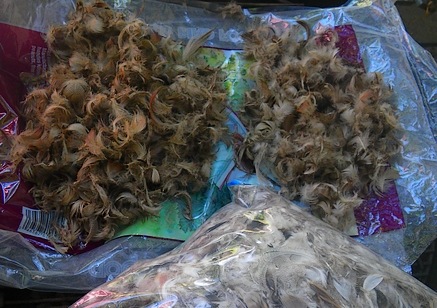
Very buggy and very useful color.
Saving a baggy of the result gives you the ability to compare the same ritual conducted with an iron mordant to see how the different ions make the final color. It’s this style of fiddling, with nothing at risk, that provides the background education that will embolden you to grab that $400 Hoffman saddle and …
… all you need is a Ziploc tucked neatly into the back pocket, just slide the carcass in between two parked cars and hope nobody looks from the apartment above ..

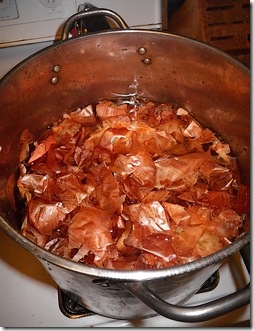
 It’s a mixture of chance or luck that aligns celebrities with the love of the out of doors. We’ve enjoyed a lot of minor nobles and B-list celebs, interspersed with Presidents and hedge fund big wigs, but that mainstream banner-carrier continues to elude us …
It’s a mixture of chance or luck that aligns celebrities with the love of the out of doors. We’ve enjoyed a lot of minor nobles and B-list celebs, interspersed with Presidents and hedge fund big wigs, but that mainstream banner-carrier continues to elude us … With everyone alternately bemoaning the lack of newcomers to the sport, and cursing those that do show up as movie fanbois, it’s a wonder what few social organizations remain continue to insist on out-of-the-box thinking in the hope we’ll lure kids away from Nintendo and into the arms of us antisocial fly fisherman …
With everyone alternately bemoaning the lack of newcomers to the sport, and cursing those that do show up as movie fanbois, it’s a wonder what few social organizations remain continue to insist on out-of-the-box thinking in the hope we’ll lure kids away from Nintendo and into the arms of us antisocial fly fisherman …
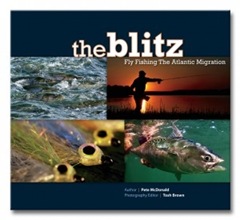

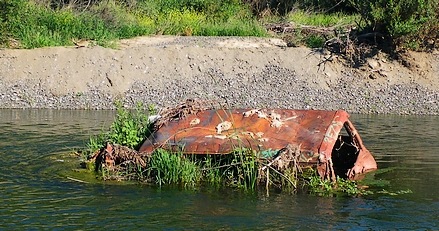
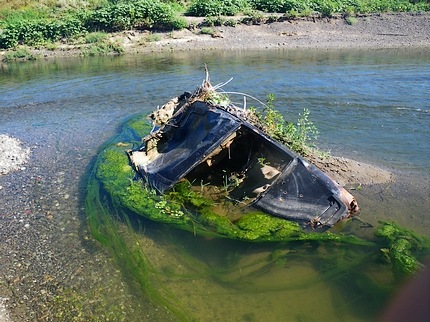
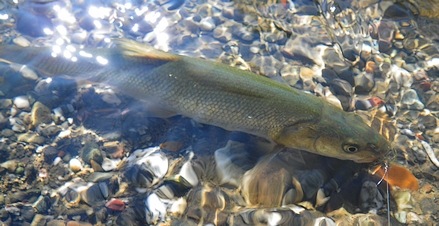


 Angered over the recent contest won by
Angered over the recent contest won by